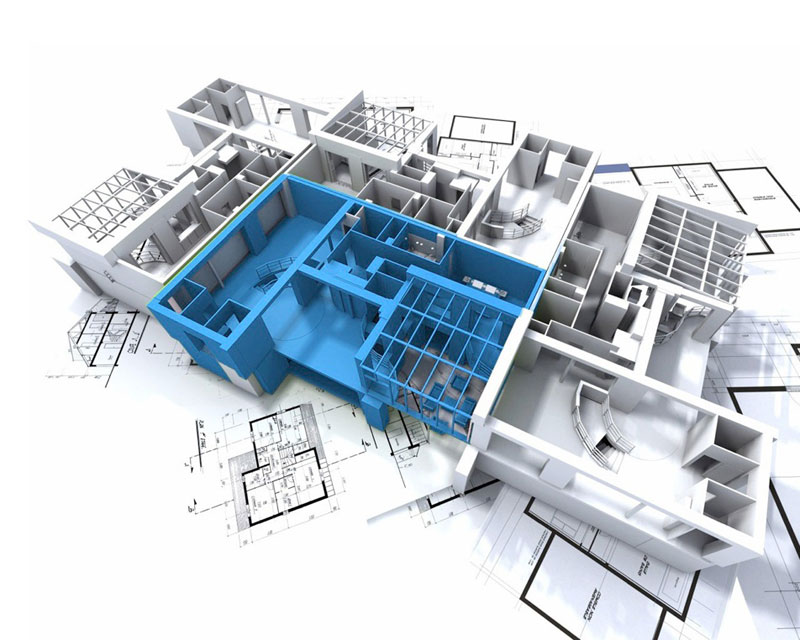Structural design is the disciplined investigation of the stability, strength and rigidity of structures. The key objective of structural design is to produce a structure capable of resisting all applied loads without failure during its intended life. A structural design project may be divided into three phases, i.e. planning, design and construction.
Planning : This phase involves consideration of the various requirements and factors affecting the general layout and dimensions of the structure and results in the choice of one or perhaps several alternative types of structure, which offer the best general solution. The primary consideration is the function of the structure. Secondary considerations such as aesthetics, sociology, law, economics and the environment may also be taken into account. In addition there are structural and constructional requirements and limitations, which may affect the type of structure to be designed.
Design : This phase involves a detailed consideration of the alternative solutions defined in the planning phase and results in the determination of the most suitable proportions, dimensions and details of the structural elements and connections for constructing each alternative structural arrangement being considered.
Construction : This phase involves mobilization of personnel; procurement of materials and equipment, including their transportation to the site, and actual on-site erection. During this phase, some redesign may be required if unforeseen difficulties occur, such as unavailability of specified materials or foundation problems.
